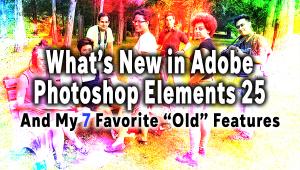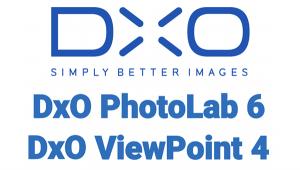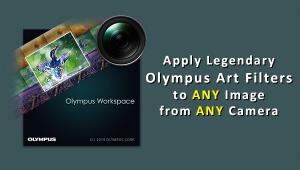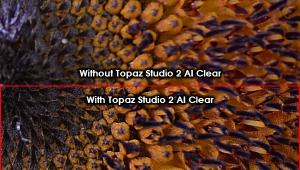Corel’s Paint it!; Easy Image Effects
 The idea of loading an image and pushing a button and seeing what happens may be anathema to some photographers, but for certain images where you might want an extra-special touch done easy it might just do the trick. Corel’s new Paint it! software ($39.99, free trial available on their website) is, for the most part, a “sit back and watch it change” program, but there are still opportunities to insert an individual touch if desired. And, to be sure, every image reacts differently when subject to the effects this rather amazing software offers, so it’s less cookie-cutter than you might first imagine.
The idea of loading an image and pushing a button and seeing what happens may be anathema to some photographers, but for certain images where you might want an extra-special touch done easy it might just do the trick. Corel’s new Paint it! software ($39.99, free trial available on their website) is, for the most part, a “sit back and watch it change” program, but there are still opportunities to insert an individual touch if desired. And, to be sure, every image reacts differently when subject to the effects this rather amazing software offers, so it’s less cookie-cutter than you might first imagine.
The tag line on the software box is “Your photos automagically painted,” which made me feel like I was in the scrapbooking aisle at the craft store. The idea is that you load an image and choose among various “looks,” such as oil painting, impressionist, modern painting, watercolor, pencil, and pastel, among other variants. You then choose a panel with that style ID, turn on the music, have a cup of tea, and watch as the program does its thing. The show is always fun and somewhat hypnotic; you know it’s over when all the strokes stop building and various buttons light up on the workspace. However, if that’s all there was this review probably wouldn’t have been written.
 |
|
|
The variants and personalization you can bring to the end result make the program a lot more interesting than it first appears. You can stop the “build” at any point, although unfortunately you cannot restart it at the place you stopped it. You either accept where you stopped or begin all over again. Once you have the final you have access to an Eraser tool that allows you to reveal certain parts of the image in which you do not want the effect excessively applied. You can modify any area to any degree of change back toward the base image because the Eraser tool has an opacity (as well as size) control. It does not work as a “step backward” tool as it erases down through the layer, not the steps in building the look, which is an important distinction to keep in mind.
 |
|
|
You can also “push the paint around” with various brushes such as “blur,” “distortion,” “smudge,” and “wave,” plus you have a fairly extensive color palette from which you can choose color to paint over the image, again with varying degrees of opacity. There are other brushes that are definitely scrapbooker oriented, such as one that leaves a trail of “fairy dust” or one that prints a pattern of leaves. Let’s overlook those as nods to another market and move along.
There is really no challenge to learning how to make the most of this program. The challenge is in choosing the right images and knowing how to use the Eraser tool to best effect. I found the illustration, pastel, and oil the most interesting, and never could get much from the color pencil or pen and ink effects. I did use the latter two as a layer in further work in Photoshop and as such they can be useful. The program will accept TIFF, JPEG, and PNG files, and the smaller the file, the faster the process, although even large files did not slow it down considerably. You do need a newer computer (Mac Intel, OS X 10.5 or 10.6 or Windows Pentium IV, 700MHz) to run it, so speed should not be an issue in any case.
 |
|
|
- Log in or register to post comments
















































